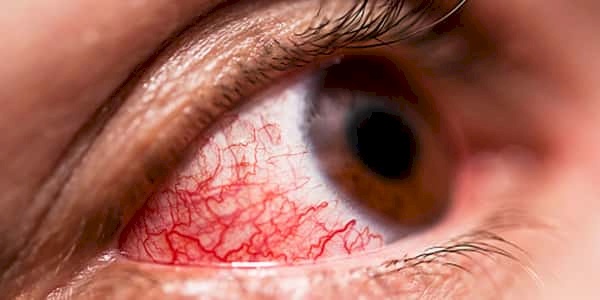
Advanced Imaging Technology.. for Early Detection of Vision Loss Diseases
SadaNews - Scientists have developed a new and powerful dual imaging tool that maps the structure of the retina and oxygen consumption in unprecedented detail.
According to a report by New Atlas, this new discovery could someday help doctors detect vision loss diseases long before symptoms appear.
Oxygen for the Retina
The retina transforms light into electrical signals that are transmitted to the brain, where they are processed into images. This process requires a substantial amount of oxygen. If the oxygen supply is interrupted, for instance due to reduced blood flow, it can lead to serious conditions affecting vision such as glaucoma, age-related macular degeneration (AMD), and diabetic retinopathy.
Two Advanced Techniques
In a new study, researchers from Johns Hopkins University and the University of Pennsylvania developed and tested a new retinal imaging system that combines two advanced techniques to map the retinal structure and oxygen levels to better study oxygen metabolism.
Ultra-detailed Structural Images
The researchers' system used visible light optical coherence tomography (VIS-OCT) to capture ultra-detailed structural images of the eye, and phosphorescent lifetime imaging (PLIM-SLO) to measure the partial pressure of oxygen (pO2) directly in the microvessels of the organ. Simply put, pO2 is the amount of oxygen dissolved in the blood at a specific location. It is a key indicator of the amount of oxygen available to tissues.
Live Mouse Eyes
These methods were used to image the live mouse eyes. VIS-OCT utilizes visible light to create high-resolution 3D images of retinal layers and can also capture blood flow dynamics. The PLIM-SLO technique involves injecting a safe and oxygen-sensitive dye called Oxyphor 2P, which emits light that changes according to oxygen levels. By measuring how quickly this light fades (i.e., its phosphorescent lifetime), the researchers were able to calculate pO2 at the capillary level. Both systems share the same optical pathway, allowing them to capture structural and oxygen data simultaneously and in perfect alignment. The researchers also tested how pO2 readings changed with varying oxygen inhalation by the mice to verify the accuracy of the new technique.
Different Depths in the Retina
PLIM-SLO accurately measured oxygen levels in the arteries, veins, and capillaries. As the researchers expected, PLIM-SLO revealed that very small branches of arteries contained the highest oxygen levels, while the smallest veins, which return deoxygenated blood, contained the lowest, with capillaries in between. System concentration adjustments allowed the researchers to image oxygen at different depths in the retina, revealing the structure and oxygen level in multiple blood vessel layers – something previous methods were unable to achieve.
Expected Changes
Changes in inhaled oxygen led to expected changes in oxygen levels in the retina, confirming that the measurements reflect real physiological changes. Most importantly, the system linked oxygen measurements with structural data and flow data, paving the way for future studies on oxygen metabolism in the retina and disease processes.
Significant Advancement in Diagnosis
This multimedia system could lead to significant advancements in the research and diagnosis of eye diseases by providing a more complete picture of retinal health. It could also help scientists understand how oxygen supply changes in diseases like diabetic retinopathy, glaucoma, and macular degeneration. Perhaps someday doctors will use a similar technique for early detection of disease-related changes before vision is affected.

Avoid These 3 Common Habits That Cause Pancreatic Aging

Discovery of Nose Drops Contributing to the Treatment of a Serious Type of Cancer

HMD Announces Launch of a New Device for Kids

The Best Times to Drink Water During the Day... Discover Them

British Study: Foods Rich in Polyphenols Improve Heart Health

To Treat Obesity.. The World Health Organization Supports the Use of GLP-1 Drugs

Dietary Supplements You Should Avoid Before Sleep

